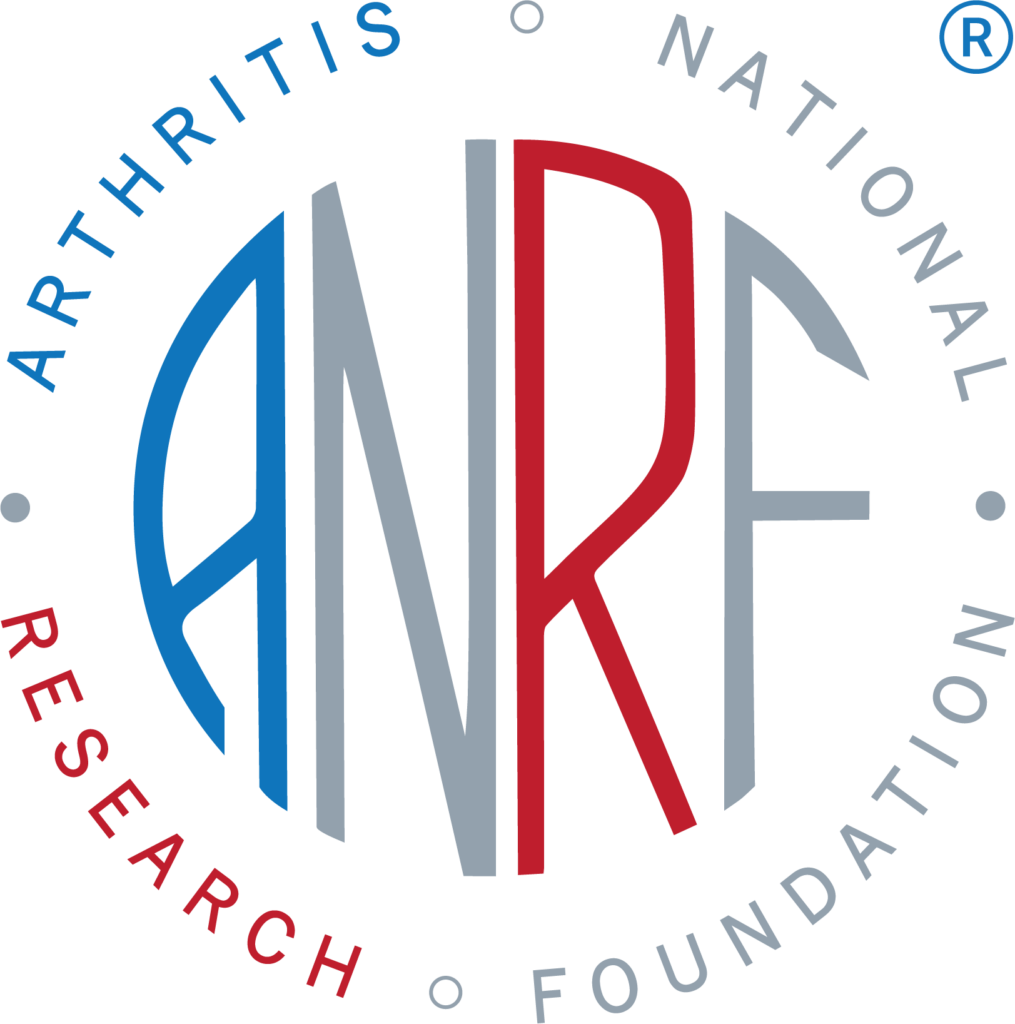Biography
Osteoarthritis (OA) is the leading cause of musculoskeletal pain, which represents the primary driver for patient care-seeking behavior. There are presently no disease-modifying OA drugs, and existing pain management strategies are inadequate. Obesity is one of the leading co-morbidities with OA, and our work has focused on better understanding this complicated relationship. We have shown that cartilage damage and pain with OA may originate from factors outside cartilage, or outside the knee joint, like signals from adipose tissue (fat). These studies were motivated by clinical and preclinical data that illustrate that changes in body mass with obesity and loading incompletely explain OA burden. To this end, I have used my interdisciplinary skillset to characterize systemic contributors to musculoskeletal (MSK) damage like fat, the gut microbiome, circulating factors in blood.
I completed my undergraduate work in Exercise Biology at University of California, Davis, and completed my PhD in Biomedical Engineering at University of Calgary. During my postdoctoral studies at Washington University in St. Louis, I created a tissue engineering and regenerative medicine platform to determine the signaling mechanisms between adipose and musculoskeletal tissues. For this work, I received the New Investigator Recognition Award from the Orthopaedic Research Society in 2020, was named among the inaugural class of Rising Stars in Engineering in Health by Columbia University in 2020, and received the Orthoregeneration award from the Orthoregeneration Network (ON) Foundation in 2023. My transition to independence was supported by an NIH NIAMS K99/R00 Award. In the Laboratory for Musculoskeletal Crosstalk at UCSF, our goal is to determine the mechanisms of adipose-cartilage crosstalk in OA structural damage and pain and harness these mechanisms to deliver novel cell-based therapeutics for arthritis, metabolic and age-related diseases. Pain and behavioral testing are a central focus of our ongoing work to incorporate patient-relevant outcomes in preclinical studies of musculoskeletal and age-related diseases. We use in vitro and in vivo approaches, induced pluripotent stem cells, CRISPR-Cas9 genome engineering, mouse models, human tissues, and state-of-the-art multi-omic approaches. As pathological fat signaling may play a role in many disease processes, we work to define the mechanisms and create therapies that have implications to aging, obesity, diabetes and other chronic diseases. I look forward to contributing collaboratively to the strategic goals of ANRF as a junior arthritis investigator focused on novel therapeutic strategies for joint disease that facilitate healthy aging, maintain function to maximize health span, and minimize pain.
Research Summary:
Osteoarthritis (OA) is the leading cause of pain and disability worldwide. Clinically, substantial discordance exists between pain and radiographic evidence of structural damage in OA. However, there is lack of mechanistic information detailing the interface between pain and structural damage in OA, especially since the signals that create the sensation of joint pain are poorly understood. Recent studies have identified that neuroimmune interactions between the nervous system and the joint, specifically through dorsal root ganglia neurons (DRG), that likely play an important role in joint pain. Therefore, a better understanding of the factors contributing to altered DRG signaling would potentially have therapeutic implications for treating pain in OA. We have identified a mouse model that displays discordant knee pain and structural damage which provides the unique opportunity to explore pain independently of structural damage. Mice that lack fat-derived adipsin (complement factor D, FD), are protected from structural OA but demonstrate increased sensitivity to pressure-pain hyperalgesia, which is reversible when systemic FD is restored. We posit that characterizing DRG neuroinflammatory phenotypes from FD and wildtype mice will determine if DRGs modulate pain phenotypes, link to pain outcomes and multi-omic changes in the knee joint. Therefore, the goal of this proposal is to determine the mechanism by which FD modulates pain phenotypes in OA and its influence on the DRG-joint neuroimmune network, a nearly completely open area of investigation that will be a major research area for Dr. Collins’ laboratory at UCSF.






